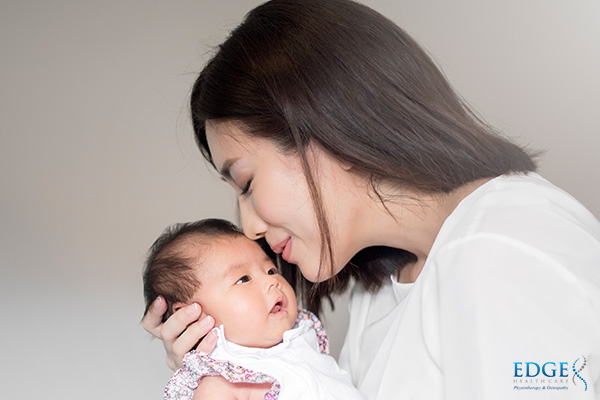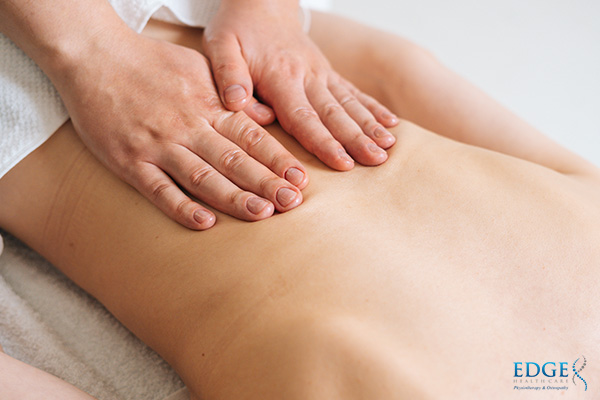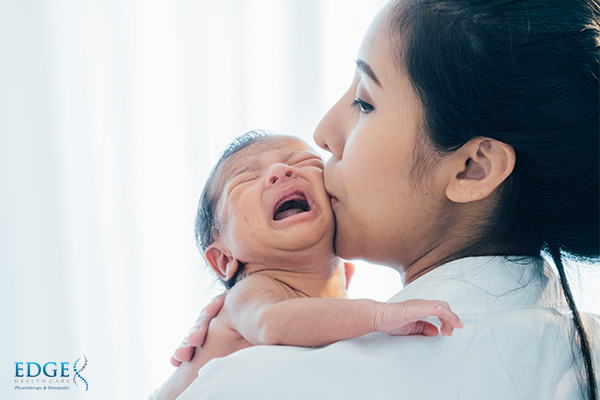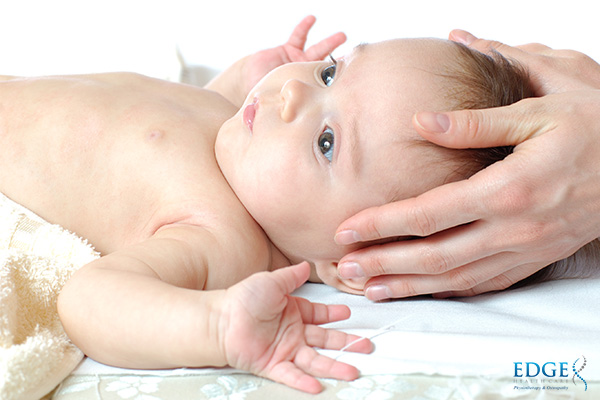
Pregnancy and delivery is one of the most difficult physical and mental stressors women undergo in their lifetime. Expectant mothers have to withstand constant changes to their bodies. Fluid retention, hormone changes, ligament laxity, and postural changes are just some of the many changes that happen to their bodies during those nine months as well as after. On top of prepartum issues which can remain after giving birth, postpartum issues can also arise from the new lifestyle. Postpartum recovery can be a long and arduous road, which is exacerbated by the added responsibilities of caring for a new-born. Newborns can also experience changes within the womb and during delivery which may later need attention.
Osteopathy treatments in Singapore can play an important role in alleviating some of the aches and structural changes for mums endured during and after pregnancy. From back pain to malalignment, Diastasis Recti (ab separation), neck strains, chest pain, and De Quervain’s Tenosynovitis (thumb/wrist pain). Newborns may experience latching issues, tongue tie, plagiocephaly and torticollis which osteopathy can help with by providing a holistic treatment.

Malalignment issues after giving birth
Pregnancy and delivery may predispose mothers to malalignment issues. Often, other joints are forced to compensate which can further exacerbate structural misalignment. It is recommended that new mothers who have just undergone pregnancy visit an osteopath in Singapore as part of their post natal care regime to be checked for any underlying issues.
Back pain
One of the most common issues that crop up during and immediately after pregnancy is back pain. A lot of women tend to dismiss back pain as part of the pregnancy process and don’t seek the proper treatment. Back pain can be related to changes in posture, muscular imbalance, weak or overactive pelvic floor, or Diastasis Recti. These are issues which are best identified and treated early to avoid chronic issues.
Even if it seems like a normal part of the postnatal recovery process, it’s always advised that you seek out an osteopath to treat the source of pain and check your spinal and posture to ensure everything is working fine and healing properly.

Difficulty latching and breastfeeding
For new mothers, new-borns not latching properly for feeding can be a source of distress and worry. Fortunately, paediatric osteopathy for new-borns is completely safe and has been found to be an effective method of care to help your bundle of joy breastfeed better.
Latching difficulties can arise for a number of reasons. It could be an issue with the neck and head alignment of your baby, jaw positioning, tension in facial muscles, or insufficient strength in tongue and jaw muscles. These problems can all be addressed by consultation with a trained osteopath and a lactation specialist.

Positional Plagiocephaly
Also known as ‘flat head syndrome’ positional plagiocephaly is a condition among new-borns that arises as a result of the malleability of new-born baby’s skulls or a tendency to lie on one side of their head.
The reasons for this may be manifold. Stiffness of the neck muscles and joints are common culprits and in some cases, trauma from the pregnancy may also play a part.
Surprisingly, new-borns are actually very receptive to cranial osteopathic treatments. Due to the suppleness of their still-developing bones and joints, they generally respond well to the gentle adjustments provided by an osteopath.
Osteopathy in Singapore can be a great treatment option for mothers and their new-borns for many common issues faced in the postnatal healing stage. For first-time mothers, this might be an emotionally difficult period of their lives, and it’s best to get all the help you need to focus on recovery. For new-borns who can’t yet communicate, osteopathy can be a way for them to get some much needed relief after the birthing process.
Find out more about how osteopathy can help with post natal care and paediatric care in Singapore. Contact us today with your questions and we’ll be able to answer you directly.

